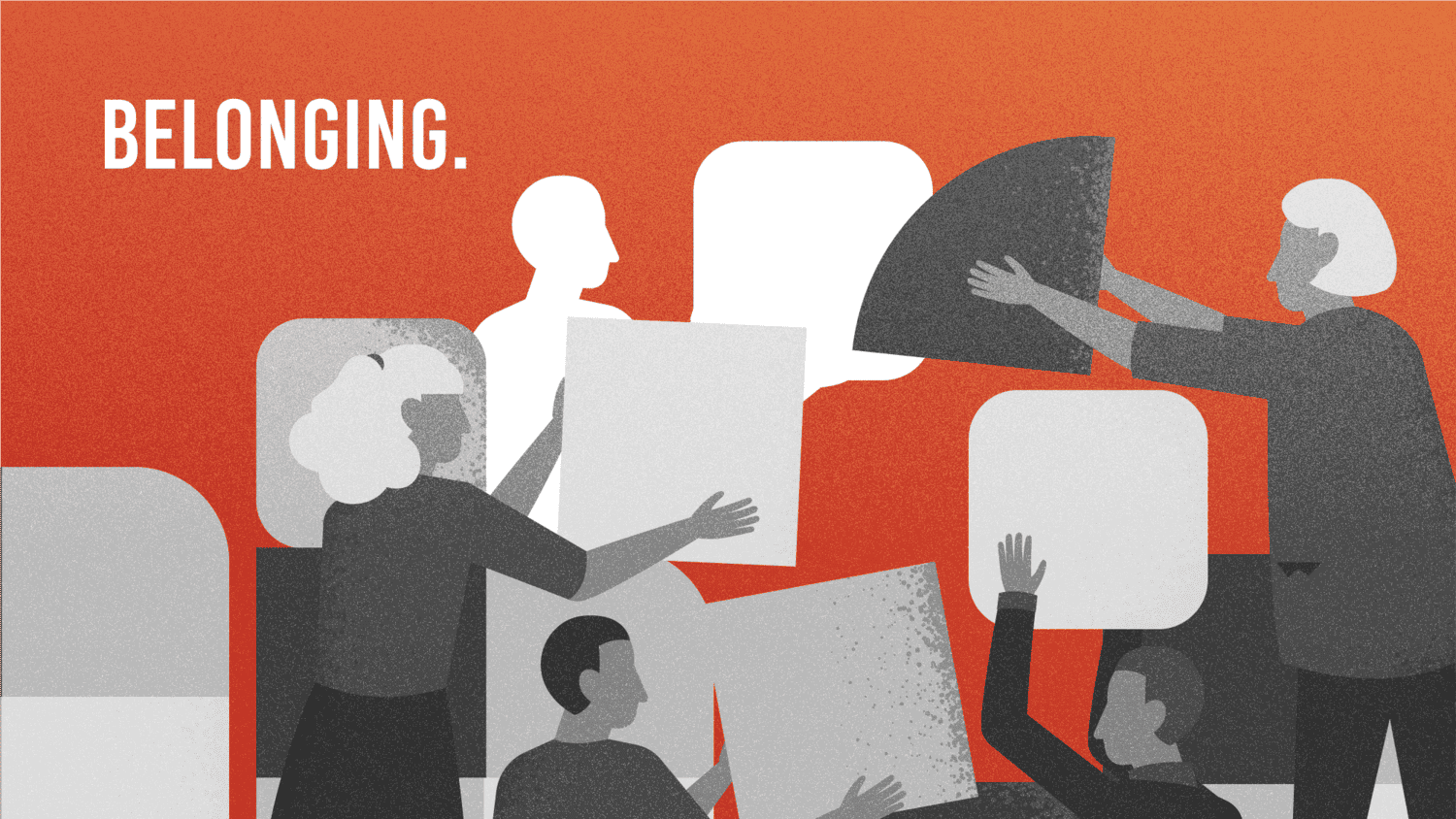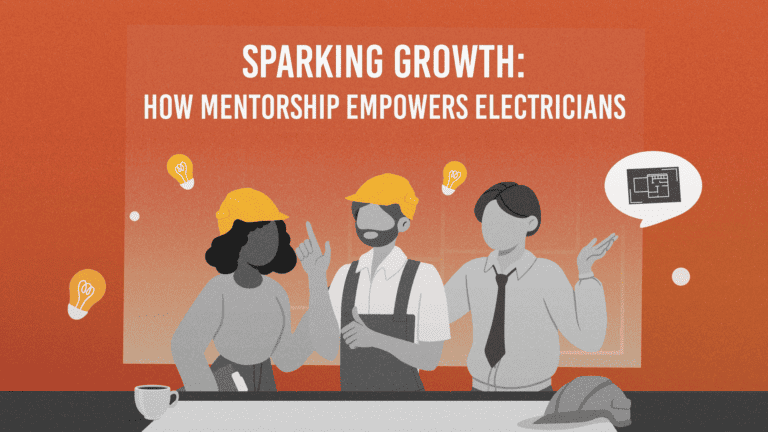Belonging is a crucial component of DEIB or Diversity, Equity, Inclusion, and Belonging. Creating a sense of belonging in a workplace makes employees feel involved in an organization and not merely a statistic for diversity hiring quotas. With belonging, an employee can feel connected to the people that they work with.
The culture of belonging drives better job performance and employee retention. An Ipsos survey by Dr. Rumeet Billan reveals key findings about belonging: 88% of workers agree that belonging leads to increased productivity. The Great Attrition survey from McKinsey also justifies the importance of belonging. Around 51% of workers say one of the reasons they leave their job is due to a lack of sense of belonging. Thus, workplaces have to evolve by making employees feel that they belong in their organizations. Let’s explore how!
The Significance of Belonging
Belonging goes beyond merely having a diverse workforce or implementing inclusive policies. It’s about ensuring that every employee feels valued, accepted, and empowered to bring their authentic selves to work. When employees feel they belong, they are more likely to be engaged, motivated, and productive. They experience higher job satisfaction, are more loyal to their organization, and are willing to invest in its success.
According to a study by Deloitte, organizations with a strong sense of belonging are 3.5 times more likely to outperform their peers in terms of revenue growth. The same study found that 80% of employees who feel a strong sense of belonging reported high job satisfaction.
It also helps when it comes to retaining talent and attracting highly qualified individuals to work for a company. A survey by BetterUp found that employees who feel they belong are 167% more likely to recommend their organization as a great place to work.
The State of Belonging in Electrical and Construction Workplaces
One of the greatest challenges in the electrical and construction sector is the lack of support for females in the industry. A survey conducted by the National Association of Women in Construction (NAWIC) found that 78% of female respondents felt that they faced challenges related to not feeling a sense of belonging in the construction industry.
Meanwhile, construction workers feel that their workplaces do not have enough inclusivity and belonging. A report by the National Center for Construction Education and Research (NCCER) highlighted that 69% of construction workers believe that their workplaces need to improve efforts to create a more inclusive and welcoming environment for all employees.
Contractors have to recognize the benefit when employees feel they belong in their workplaces. The National Electrical Contractors Association (NECA) reported that companies with more diverse workforces are 45% more likely to have higher market share and revenue growth compared to less diverse companies. These are just among the reasons why diversity has to be implemented in the trades.
Barriers to Belonging
Despite its importance, creating a sense of belonging in the workplace can be challenging. Several barriers may hinder its development as electrical and construction workers, especially those from marginalized groups, can have a feeling that they don’t belong. This is due to the sector being a predominantly white-male industry. Some challenges that need to be addressed include:
- Unconscious Bias – Unconscious biases can lead to unintentional exclusion of certain groups, making it difficult for them to feel like they belong. Workers may impose their beliefs and not consider the input from a group of people different from them.
- Microaggressions – Subtle, everyday acts of discrimination can create a hostile work environment and alienate employees. Even a simple verbal assault can aggravate indifferences within the workplace.
- Lack of Representation – A lack of diversity in leadership positions can make underrepresented employees feel like they don’t belong or that their voices aren’t heard. It limits the confidence of underrepresented individuals that they can hold an important position.
- Gender Imbalance – Women are significantly underrepresented in the trades sector, leading to feelings of isolation and a lack of belonging for female employees. They may feel that the trade isn’t for them – despite the success of women in the field.
- Cultural and Ethnic Diversity – The construction and electrical sector faces challenges in embracing cultural and ethnic diversity. This leads to potential barriers to communication and understanding if the differences are not thoroughly addressed.
- Age and Experience Gap – With an aging workforce and a lack of younger workers, generational gaps can create a sense of disconnect and hinder belonging. Younger workers may not feel particularly at ease working in the trades. Senior workers in the field may impose their set of rules and beliefs in the workplace.
How To Cultivate Belonging in the Electrical and Construction Sector
Despite all the challenges that contractors face, there are still strategies that can be implemented to make the industry a more inclusive and belonging workplace. Some of the recommended actions are as follows:
- Diversity Recruitment Initiatives – Proactive recruitment efforts to attract individuals from diverse backgrounds can help in creating a more inclusive workforce.
- Employee Resource Groups – Establishing ERGs specifically tailored to underrepresented groups can foster a sense of community and belonging. ERGs can offer a supportive community for employees from various backgrounds, helping them connect, share experiences, and find a sense of belonging.
- Mentorship and Training Programs – Implementing mentorship and training initiatives can help bridge the experience gap, support career advancement, and make newer employees feel more included.
- Inclusive Policies and Practices – Implementing policies that promote equity, such as pay transparency and equal opportunities for career advancement, can help create a fair and inclusive workplace. Being inclusive starts by having active leadership actions. They can actively promote an inclusive culture, embrace diversity, and provide equal opportunities for all.
- Mentorship and Sponsorship Programs – Pairing employees with mentors or sponsors can facilitate a sense of support and guidance, particularly for those from underrepresented groups. A mentor can fast-track the integration of an individual in an otherwise unfamiliar workplace culture.
- Promote Role Models – Highlighting successful employees from diverse backgrounds as role models can inspire and encourage others to pursue careers in these industries.





